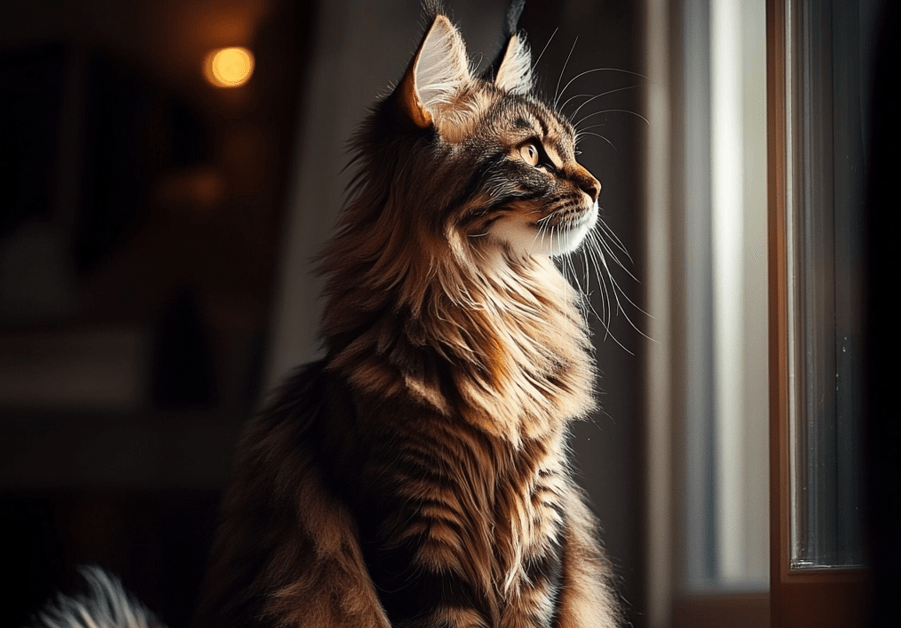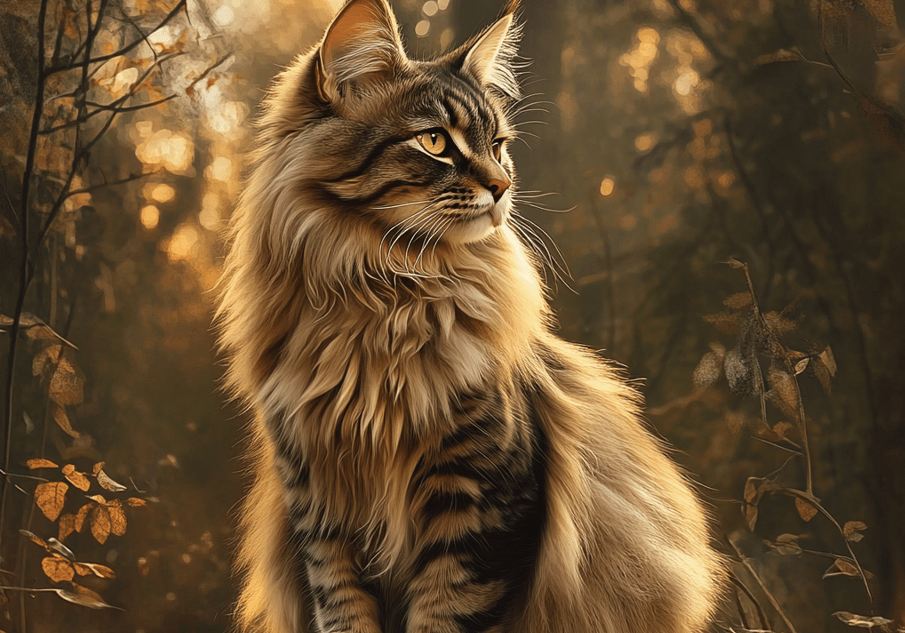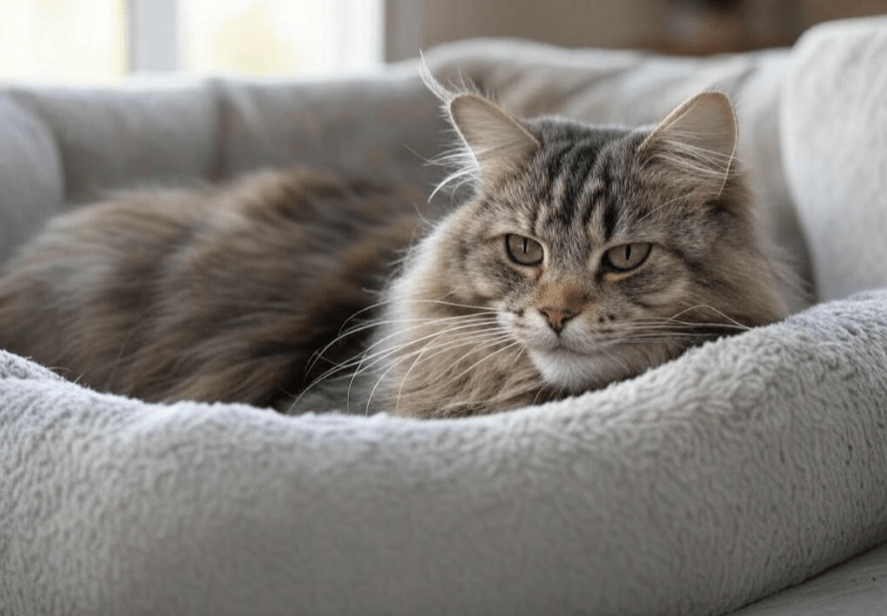
Maine Coon cats are beloved for their majestic appearance, friendly personalities, and luxurious, long coats. However, with that stunning fur comes a challenge: shedding. If you’re a Maine Coon owner, you’ve likely found yourself battling tufts of fur on your furniture, clothes, and floors. Managing Maine Coon shedding can feel overwhelming, but with the right strategies, you can keep your home fur-free and your sanity intact. This comprehensive guide will walk you through everything you need to know about Maine Coon shedding management, from grooming tips to dietary advice, ensuring you and your feline friend thrive.
Why Do Maine Coons Shed So Much?
Maine Coons are one of the largest domesticated cat breeds, and their thick, water-repellent coats are designed to protect them in harsh climates. This double-layered coat—consisting of a soft undercoat and a longer, coarser outer layer—sheds regularly to maintain its health and functionality. Understanding the reasons behind Maine Coon shedding is the first step to managing it effectively.
1. Seasonal Shedding
Maine Coons experience significant seasonal shedding, particularly in spring and fall. In spring, they shed their heavy winter coat to prepare for warmer weather. In fall, they shed their lighter summer coat to grow a thicker one for winter. This natural process can result in large amounts of fur around your home.
2. Coat Structure
The Maine Coon’s double coat is prone to shedding because both layers serve different purposes. The undercoat traps warmth, while the outer guard hairs repel water and dirt. As the cat grooms or moves, loose hairs from both layers are released.
3. Health and Diet
A Maine Coon’s shedding can be influenced by its health and diet. Poor nutrition, stress, or underlying medical conditions like allergies or skin infections can lead to excessive shedding. Ensuring your cat is healthy is key to controlling fur loss.
4. Grooming Habits
Maine Coons are fastidious self-groomers, but their long fur can trap loose hairs, leading to mats or hairballs. Without regular grooming, these trapped hairs end up on your furniture or floors.
Effective Maine Coon Shedding Management Strategies
Managing Maine Coon shedding requires a multi-faceted approach. Below are proven strategies to keep shedding under control while keeping your cat comfortable and healthy.

1. Regular Grooming: The Cornerstone of Shedding Control
Grooming is the most effective way to manage Maine Coon shedding. A consistent grooming routine removes loose fur, prevents matting, and distributes natural oils for a healthy coat.
Grooming Tools for Maine Coons
Deshedding Brush: A deshedding tool like the FURminator is ideal for removing loose undercoat fur without damaging the topcoat.
Slicker Brush: Perfect for detangling and smoothing the coat.
Wide-Tooth Comb: Great for working through mats and reaching the undercoat.
Grooming Gloves: Useful for gentle grooming sessions and bonding with your cat.
Nail Clippers: Keeping nails trimmed prevents scratching during grooming.
Grooming Routine
Frequency: Brush your Maine Coon 2–3 times per week, increasing to daily brushing during peak shedding seasons (spring and fall).
Technique: Start with a wide-tooth comb to detangle, then use a deshedding brush to remove loose fur. Finish with a slicker brush for a polished look.
Focus Areas: Pay attention to high-shedding areas like the belly, tail, and ruff (the mane-like fur around the neck).
Bathing: Bathe your Maine Coon every 4–6 weeks using a cat-safe shampoo to reduce loose fur and dander. Ensure thorough drying to prevent skin issues.
Pro Tip: Make grooming a positive experience by offering treats and praise. Many Maine Coons enjoy grooming if it’s done gently and consistently.
2. Optimize Your Maine Coon’s Diet
A healthy diet plays a critical role in reducing excessive shedding. Maine Coons require a balanced diet rich in protein, omega fatty acids, and essential vitamins to maintain a healthy coat.
Key Nutrients for Coat Health
High-Quality Protein: Look for cat food with real meat (chicken, turkey, or fish) as the primary ingredient. Protein supports hair growth and repair.
Omega-3 and Omega-6 Fatty Acids: These promote a glossy coat and reduce inflammation that can lead to skin issues. Fish oil or flaxseed oil supplements can help.
Biotin and Zinc: These support skin health and reduce shedding caused by dry skin.
Hydration: Ensure your Maine Coon has constant access to fresh water to keep skin hydrated and prevent flakiness.
Choosing the Right Food
-
Opt for premium, grain-free wet or dry food formulated for long-haired breeds.
-
Avoid foods with artificial additives or fillers, as these can contribute to skin irritation and shedding.
-
Consult your veterinarian about supplements if your cat’s coat appears dull or shedding is excessive.
Pro Tip: Transition to new foods gradually over 7–10 days to avoid digestive upset, which can exacerbate shedding.
3. Maintain a Clean and Fur-Free Home
Even with regular grooming, some fur will inevitably end up in your home. These cleaning strategies will help you stay on top of Maine Coon shedding.
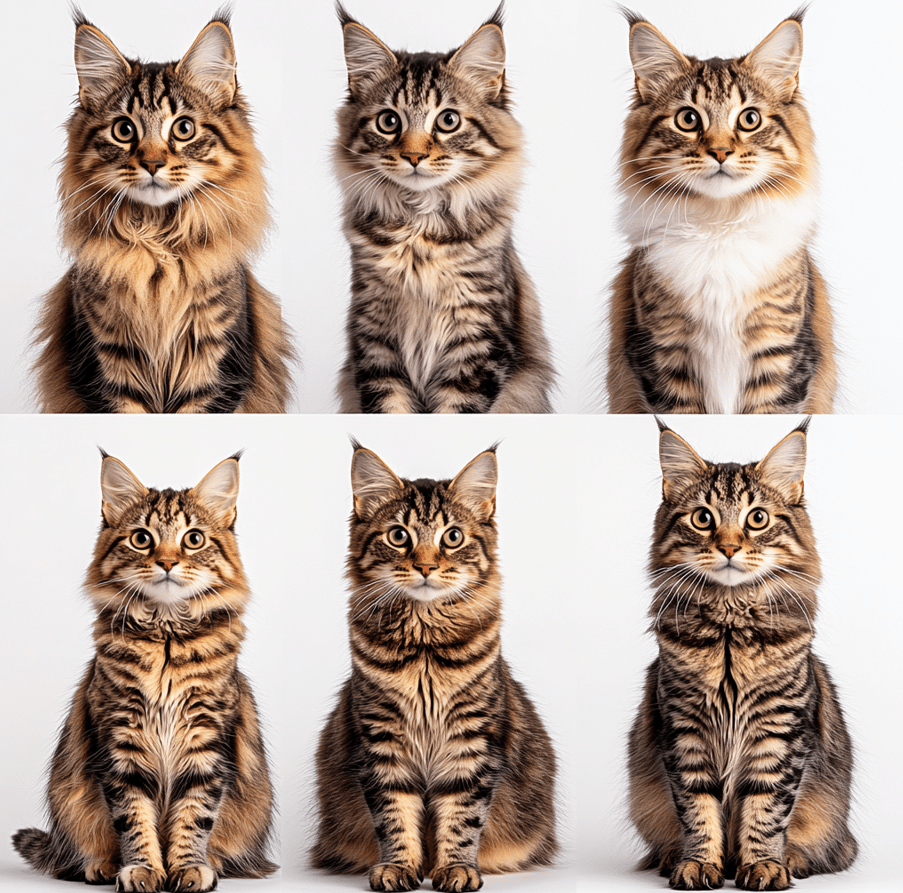
Home Cleaning Tips
Vacuum Regularly: Use a pet-specific vacuum with a HEPA filter to capture fur and dander. Vacuum carpets, furniture, and curtains at least twice a week.
Lint Rollers and Pet Hair Removers: Keep lint rollers handy for quick cleanups on clothes and upholstery. Reusable pet hair removers are eco-friendly and effective.
Washable Pet Bedding: Choose machine-washable bedding for your Maine Coon and wash it weekly to remove trapped fur.
Air Purifiers: An air purifier with a HEPA filter can reduce airborne pet dander and fur, improving air quality for you and your cat.
Furniture and Fabric Protection
-
Use washable slipcovers or throws on furniture to protect against fur buildup.
-
Opt for leather or microfiber furniture, which are easier to clean than fabric upholstery.
-
Place scratching posts and cat trees in strategic locations to encourage your Maine Coon to shed there instead of on your couch.
Pro Tip: Designate a “fur zone” in your home, such as a cozy cat bed or mat, where your Maine Coon can lounge. This concentrates shedding in one area for easier cleanup.
4. Monitor Your Maine Coon’s Health
Excessive shedding can sometimes signal an underlying health issue. Regular veterinary checkups and at-home monitoring can catch problems early.
Common Health Issues Linked to Shedding
Allergies: Food or environmental allergies can cause itchy skin and excessive shedding. Your vet may recommend an elimination diet or allergy testing.
Skin Infections: Bacterial or fungal infections can lead to hair loss. Look for redness, scabs, or unusual odors on your cat’s skin.
Parasites: Fleas, mites, or ticks can cause scratching and shedding. Use vet-approved flea prevention year-round.
Hormonal Imbalances: Conditions like hyperthyroidism or Cushing’s disease can affect coat health. Blood tests can diagnose these issues.
Stress: Changes in routine, new pets, or loud environments can stress your Maine Coon, leading to over-grooming and shedding.
Signs to Watch For
-
Bald patches or thinning fur
-
Excessive scratching or licking
-
Dry, flaky skin or dandruff
-
Changes in appetite, energy, or behavior
Pro Tip: Keep a grooming journal to track shedding patterns and any skin or coat changes. Share this with your vet for accurate diagnosis.
5. Manage Hairballs
Maine Coons are prone to hairballs due to their long fur and frequent grooming. Hairballs occur when ingested fur accumulates in the stomach, causing discomfort or vomiting.
Hairball Prevention Tips
Regular Brushing: Removing loose fur reduces the amount your cat ingests.
Hairball-Control Food: Feed your Maine Coon a diet formulated to reduce hairballs, often containing added fiber to aid digestion.
Lubricants: Hairball remedies, such as petroleum-based gels, help fur pass through the digestive tract. Administer as directed by your vet.
Encourage Hydration: Wet food and water fountains encourage drinking, which helps move hair through the system.
Pro Tip: Offer cat grass or malt paste as natural hairball remedies, but introduce them gradually to avoid digestive upset.
6. Create a Shedding-Friendly Environment
Your home environment can influence how much shedding you notice. Making small adjustments can minimize the impact of Maine Coon fur.
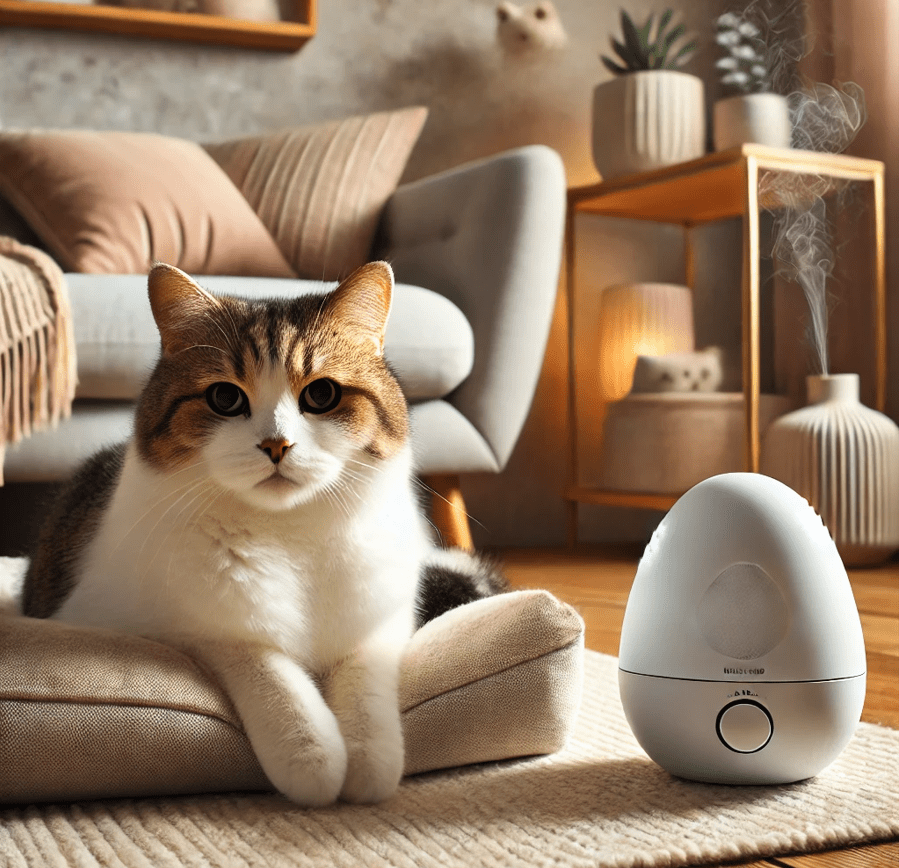
Environmental Tips
Control Humidity: Use a humidifier to maintain 40–60% humidity, which prevents dry skin and excessive shedding.
Minimize Stress: Provide a calm environment with plenty of enrichment, such as toys, perches, and interactive playtime.
Temperature Regulation: Keep your home at a comfortable temperature (65–75°F) to avoid triggering excessive seasonal shedding.
Pro Tip: Rotate toys and scratching posts to keep your Maine Coon engaged, reducing stress-related shedding.
Common Myths About Maine Coon Shedding
There are several misconceptions about Maine Coon shedding that can lead to ineffective management. Let’s debunk a few:
Myth 1: Shaving Your Maine Coon Reduces Shedding
Shaving can disrupt the coat’s natural insulation and make your cat uncomfortable. It also doesn’t prevent shedding, as the undercoat will still grow back and shed. Stick to regular grooming instead.
Myth 2: Maine Coons Are Hypoallergenic
No cat is truly hypoallergenic. Maine Coons produce dander, a common allergen, and their shedding spreads it around. Regular grooming and cleaning can reduce allergens.
Myth 3: All Shedding Is Normal
While some shedding is expected, excessive or sudden fur loss could indicate a health problem. Always consult a vet if shedding seems abnormal.
Conclusion

Managing Maine Coon shedding doesn’t have to be a daunting task. By implementing a regular grooming routine, optimizing your cat’s diet, maintaining a clean home, and monitoring their health, you can keep shedding under control and enjoy a fur-free(ish) life with your majestic Maine Coon. The key is consistency and patience—your efforts will pay off with a happier, healthier cat and a cleaner home.
With these expert tips, you’re well-equipped to tackle Maine Coon shedding without losing your mind. Share your own shedding management tips in the comments, and let’s keep the conversation going!

